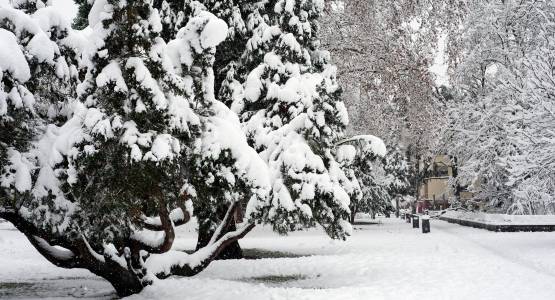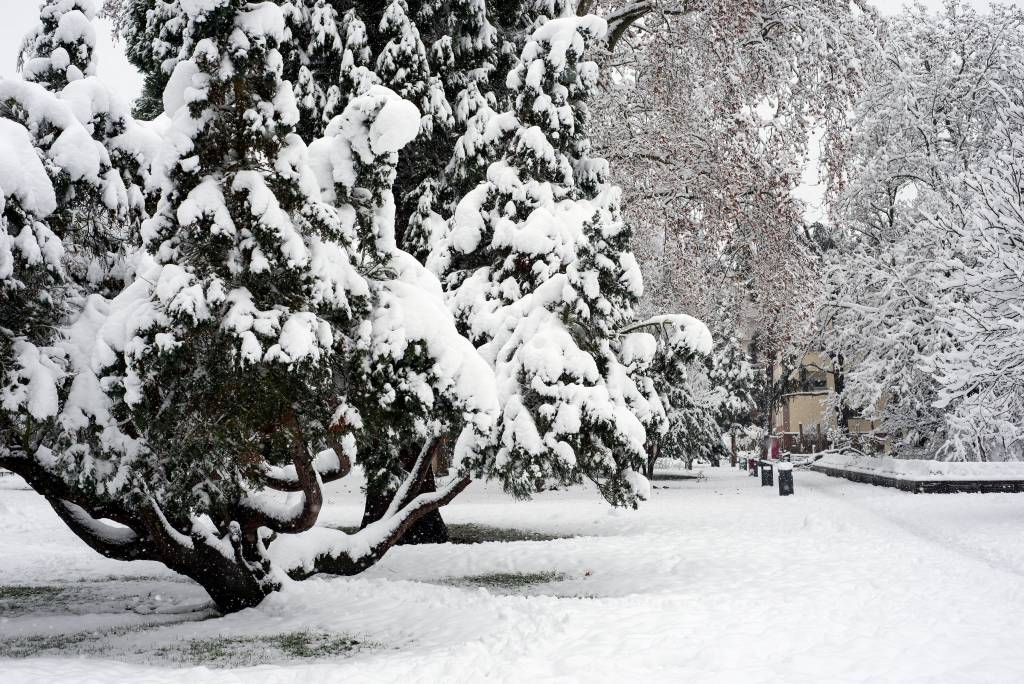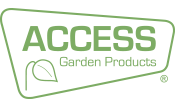Greenhouse Growing Tips: December Edition


December is a quiet month for gardeners but there are still things we can do to get ready for spring.
Hopefully your plants are warm and snug inside the mini greenhouse but ensure anything planted last month is not subjected to frost, drying out or waterlogged. On bright sunny days, open the frame a little to allow fresh air to circulate to reduce humidity and the risk of disease but remember to close again mid-afternoon to stop it getting too cold inside. Finish off planting spring flowering bulbs such as tulips for early displays for next year and keep an eye on fuchsias and geraniums that are being overwintered. Ensure a steady supply of vegetables such as radish and lettuce by planting more seeds. Transplant some chives, mint, thyme, and parsley from the garden into the greenhouse to ensure a continuous supply through the winter months.
Water plants sparingly to maintain a dry atmosphere as possible. Check the plants are not being attacked by pests or disease and destroy any that are affected, so the rest are not contaminated. Keep an eye out for aphids remove them by hand or use a pesticide.
Propagation
Winter is a great time to propagate if you can protect cuttings from the elements. This can be done in a cold frame, greenhouse or even a propagator. Root cuttings from perennials and shrubs are best taken in winter when the plants are dormant. This is because most of the energy of the plant has been drawn down to the roots for storage over winter. Propagate perennials from root cuttings including phlox, oriental poppies, and mint. Take hardwood cuttings from suitable trees and shrubs such as willow, camellia, honeysuckle, gooseberries, red currants. One method is to simply insert cuttings into deep containers of gritty potting medium such as 50:50 coarse grit and multipurpose compost. Keep the pots in a sheltered cold frame or unheated greenhouse ensuring they do not dry out. It can take two to four months for roots to develop but it’s a great way to get free plants.
Heating the whole greenhouse can be wasteful but you can get even better results for some plants with a heated propagator to ensure faster germination and rooting with a much higher success rate. If you have electricity to your mini greenhouse you can place the propagator on your centre staging or one of your shelves, if not place it in a sunny spot indoors.
If you have a propagator with a lid, it is useful for getting seeds of to a good start. Sow Begonia, Geranium, Antirrhinums (Snapdragons) and Laurentia seeds for your spring containers. Plant seeds in damp compost in the trays provided, switch on and keep an eye on your germinating plants. Check there isn’t excessive condensation and open the vents to help control humidity levels. December is also a time to think about Christmas gifts for the avid gardeners in our lives, a heated propagator can make a great gift for experienced and newbie growers alike.
Broad Beans
If you have a cold frame or even just a cloche on the soil, you can make a start on New Year’s crops and sow some broad beans. They will need the protection of the glass but sowing them now will allow you to get a head start next year. Cloches shield plants from the harsh weather and create a microclimate that will nurture germinating seedlings and young plants in the colder months of the year. There are a wide range of sizes and styles to choose from such as the bell cloche, long cloche or Victorian cloche and would also make an ideal Christmas present.
Even without heat a greenhouse will generally be 5 degrees warmer than the outside temperature which should keep plants frost free unless temperatures fall significantly then you may need to introduce some heat sources and remember if snow does begin to accumulate on top of the greenhouse take a soft bristled brush and brush the snow of the glass panels so any sunlight can continue to get in.
